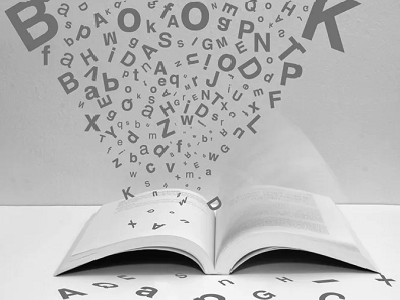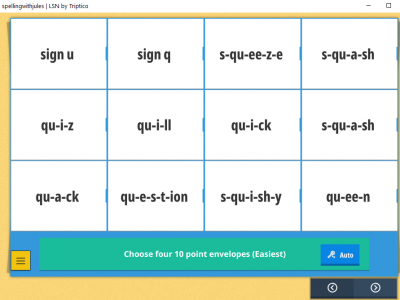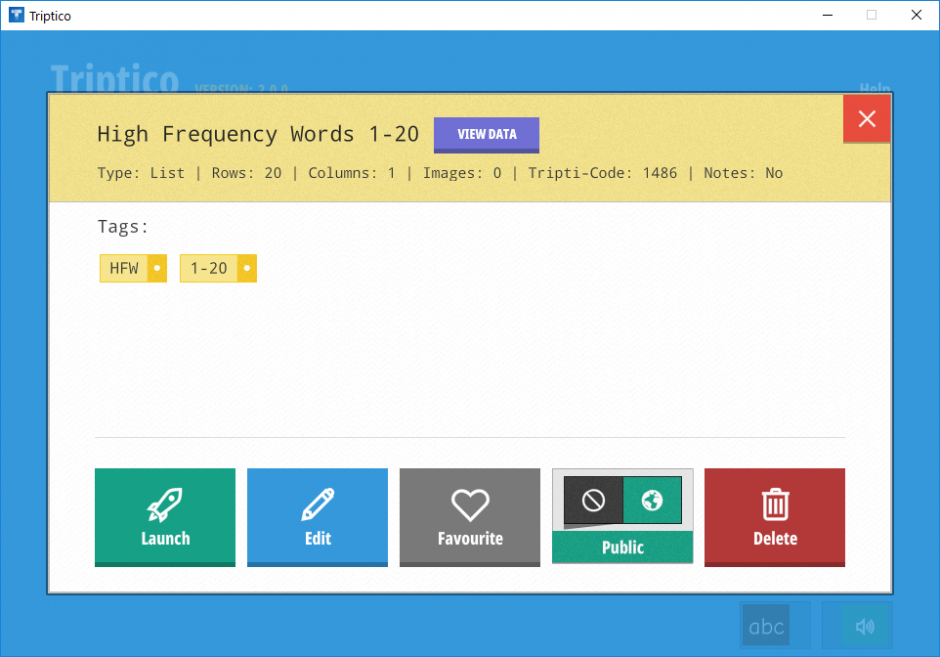Three more conversations into my reading phonics phonology project / professional learning. A self-directed ‘edventure’ for a Secondary teacher and parent two happy readers and one five year old learning to read. With schools closing, it felt a little guilty for not investing in knowing this information sooner. Here is what I have learnt so far.
Phonology – a whole new language
Phronology has a massive, global, contributory audience. In researching phonics, I have literally travelled the world.
I have learnt a heap of terminology and abbreviations (and I keep coming back to this post to update the list).
Starting at linguistics, through to phonology (the branch of linguistics concerned with the study of speech sounds and patterns) to phonological awareness (the ability to identify and manipulate the sounds of speech, separate from their meaning). (Consonants: Stops, fricatives, approximants, trills, taps and laterals).
Four phonics approaches. Synthetic, analytical (in context), analogy (a form of analytic phonics) and embedded (phonics part of a wider strategy).
My focus has been systematic, synthetic phonics* (SSP) – association (GPC), pronounced in isolation and blended together. Is everyone assured that phonics works?
I don’t think there’s sufficient evidence to decide. I also agree with them that the really key property of a phonics program is systematicity.
Danile Willingham
Morphology and morphemes (smallest part of a word that carry meaning), phonology and phonemes (a unit of sound, 44 in the English language), and graphemes (single unit or letter to represent a sound in a writing system). Sounding, blending (synthesised) and segmenting.
GPC or grapheme–phoneme (letter-sound) correspondences. Digraphs, trigraphs, (letter-teams) split-digraphs, short, long and controlled vowels, and schwa. Lastly Magic-e and a reusable ‘y.’ The placing of sounds – initial, medial, final.
Oral segmentation (VC and CVC words – vowel-consonant and consonant-vowel-consonant), decoding, blending or synthesised, high frequency or sight words, and exception words, sets and phases. Lastly, inflectional (-e -es, past tense -ed, past participle -ing, -er, -est) and derivational (changing the form of the word, -un, -re, -ly) affixes (before) and contractions.
I now have a basic awareness of the need to sequence the development of phonemic awareness: identification, blending, segmenting, isolating, deleting and substituting.
I have learnt about the importance of “see it, say it, sign it.” I have seen Olly signing sounds. For the most part, delivery high repetition and association, high participation. I am therefore very aware of the application of Englemann’s Theory of Instruction and the principles of ‘faultless communication.‘
As I am looking to create and gift, reusable and shareable resources, I am looking to adopt a consistent presentation of letters, sounds, di/trigraps, syllables and word. Separating sounds (space or /) (t a p, b u zz, r i ng, s u ck) identifying the target sound, when there is more than one sound (h ou se), identifying syllables (a | b ou t) and words – about. Also thinking about sounds, sound-signs or ‘sound personalities’ and visual representation (images) of these signs – but that can come later.
Over at The Alphablocks Guide to phonics (having watched a lot of alphablocks with Olly the last week of term,) I was surprised to read that Alphablocks apply a colour-coded system.
Red: letters sounds (sounding, blending, segmenting).
Orange: less common letters.
Yellow: Digraphs and trigraphs – though I like the phrase “letter teams.” Digraphs and trigraphs create new sounds.
Green: Letter blends (consonant clusters).
Blue: Long vowels. Then there is are magic ‘e’ and split digraphs. Lastly ‘y’ are a vowel.
I am also aware that I have a lot still to learn, apply in practice, and a number of learning off-shoots or agenda items that I have parked for now.
I came to SSP when our son was at Phase 2. I had planned to build resources from Phase 2, however, I now know the importance of repeating / maintaining Phase 1. (So I may have to think that over).
Children who rush straight to phase 2 can appear to do well in phases 2 and 3, but by the time they get to the end of phase 4 where they have to discriminate digraphs and trigraphs at the end of words, they don’t always have the auditory discrimination skills to do so.
Sequence is vitally important and in places, highly proscribed / complex. Despite what I said about the influence of ‘Letter and Sounds’ as the anchor, from my conversations I have learnt that SSP has the potentially adapted to each school setting, the SSP-model being used or national curriculum. Hence I want resources that can be edited. Not forgetting there are already lots of paid-for resources on the market.
I plan to investigation correct postural and shoulder girdle strength as required for the lead writing stroke. This connects with how digital learning assets will be shared – as not to contraindicated that development by hunching over a device.
Parked for now
I do not have the time to fully explore the overlap between phonic and letter formation, physical development and it’s impact on writing (gross motor, core and upper body strength, proprioception, haptic perception, vestibular bone ossification and the normal age of development of a dynamic tripod grip). Parked.
Teaching phonics and phonological decoding and the motivation and improves confidence in production (speaking and writing). Parked.
How phonics teaching supports vocabulary learning and how decoding enables learners to access new language / learning. eg the ability to sound / spell an unknown word means that they can then find out its meaning. Parked.
Where phonics and ‘faultless communication’ support one another. Parked.
What is the ‘cost’ of time invested phonics? Where would it be otherwise invested? Parked.
What if phonics is not working? Parked.
For the time being it is back to Letters and Sounds: Principles and Practice of High Quality Phonics with a notable thank you to Ruth Swailes.
Next steps
I’ve just spent an afternoon curating sound (letter and digraphs) and word lists. Words for the sounds and high frequency words.
Next – I plan to transfer these lists to Triptico to create learning assets.
Finally, using the Triptico ‘Lesson Builder’ create learning assets and then share the Tripti-Codes and get feedback.
You can access the assets for free in Triptico app. For the lessons you will need the Windows version (iOS and Android update is coming soon). Let me know if you want to test the assets? Starting with Phase 2: Set 1 (s, a, t , p).


